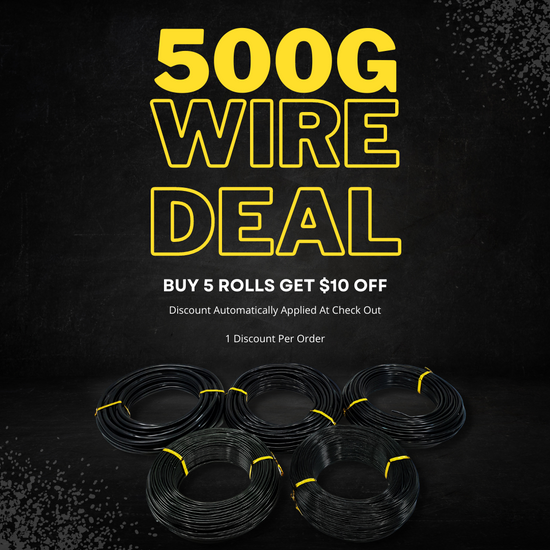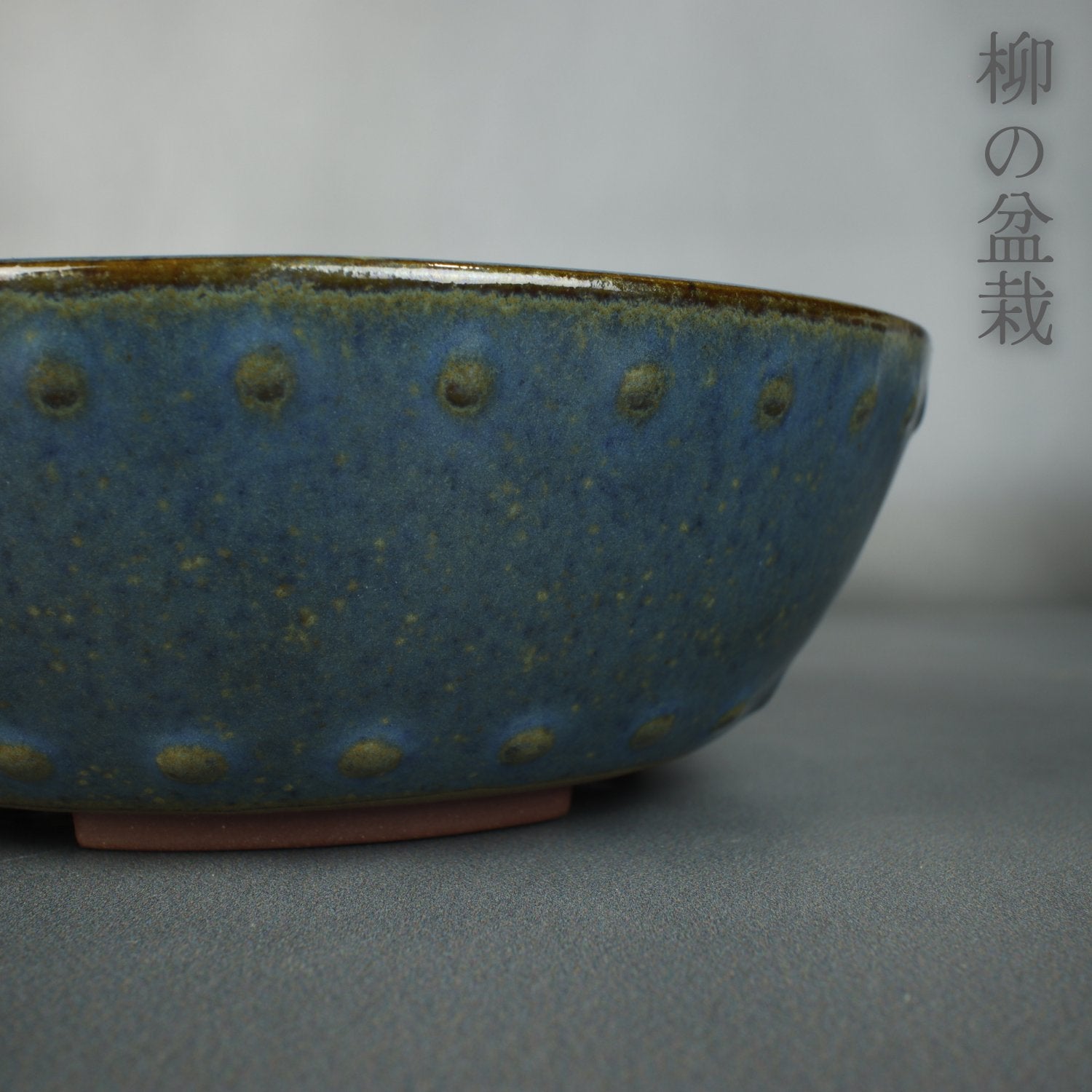

The importance of precision in Bonsai Pruning cant be overstated, Not only can this affect the aesthetic look of your tree but it can also affect the health and Vigour. We know that bonsai is a practise of both horticulture and art, but always horticulture first. In this article we hope to uncover why its important to work with sharp quality tools, put it this way “ You wouldn’t want a Surgeon working with cheap blunt tools ”.
Because we always put horticulture at the forefront of bonsai lets start with the health and vigour in bonsai which is affected not only by pruning technique and timing, but also the tools used to carry out these techniques. Unlike their natural counterparts in the wild, bonsai trees are miniaturized versions, which means they also have a miniaturized root system which can affect how well that tree can recover from damage or stress. A tree with a larger root system can handle a higher amount of stress and wound healing, but a tree in a small pot has limited resources so we need to limit the amount of stress and damage we do to the tree. We will go over the specifics of this later.
While not all people see eye to eye on the Aesthetic side of Bonsai if you are someone who is chasing the true traditional design of bonsai you will want to practise with precision which will allow for meticulous design. If you are doing damage with poor quality tools during this process it is hard to achieve that meticulous design that you might be chasing.
Uncontrolled Pruning
When you have a poor quality or dull tool you will rip, tear & crush at the cut site rather then sever. This can strip bark and expose tissues which can ultimately result in die back past the point you wanted to prune. Once a tree becomes dense and ramified you want the cut to remain in the spot where you actually cut, on a highly ramified branch if you suffer from die back due to damage from poor quality tools you could lose a year or 2 of ramification in one go. This is what I would call uncontrolled pruning, you cut in one place but it dies back beyond where you cut giving you unpredictable results and loss.
Like mentioned above poor quality cuts can lead to exposed vascular tissue in the tree which can lead to a higher risk of disease and infection which will also cause die back and possibly scarring. Think of it like this, a surgeon will use the sharpest possible tools to make an incision in the human skin to ensure the fastest possible healing time with minimal scarring. The same is true for our trees. If we cause tearing of the tissues they will be exposed for an extended period of time which could cause infection or disease which could result in die back or even bigger issues, We also don’t want to leave a big scar or swelling in the area that we cut as this will look unsightly. Having this damage could also hinder the transport of water and nutrients to the branches or sub branches on the tree which will also result in die back leaving you in a 1 step forward 2 steps back approach.
Like I pointed out earlier, with a smaller root system and a reduced ability to handle stress and damage pruning with low quality tools that cause tearing, ripping or crushing means the tree needs to deal with the damage and stress caused by this. Rather then the tree concentrating on responding well to your pruning the tree will be trying to heal and recover from unnecessary stress and damage. I always say that just because the tree didn’t die from poor technique doesn’t mean it was the right technique. In bonsai when we perform a technique our goal should be that the tree bounces back from that work with very little stress and downtime. This also gives us the most of our full growing season as the tree isn’t stagnant trying to fix issues that shouldn’t have been a problem in the first place.
This somewhat applies to this article but it is something I see a lot of and I feel it needs some attention.
Now I know I’m probably not the best person to be preaching about spending more money on tools or expanding your tool collection because I am a potential retailer to your tool purchases, So I see the conflict of interest there. But the resistance to specialised bonsai tools is something I see all to often mostly as a money saving technique but also some times as a rebellion for some reason. If you don’t have the money for proper bonsai tools this is easy to understand, times are getting tougher and the cost just to live is rising. But being rebellious and avoiding purchasing proper tools is somewhat working backwards. When performing techniques proper tools make the job easier, and when the job is easier you are more likely to do a better job. It like the saying work smarter not harder. Trying to use kitchen scissors to prune a dense tree just makes life more difficult and will likely look rough and cause damage, where as using bonsai scissors that are designed for tight spaces with fine blades that can cut precisely will be easier and cause less damage. Also purchasing proper bonsai tools also helps support the bonsai hobby as a whole because if bonsai shops begin to disappear ( many don’t make it ) then you will find it harder and harder to get the supplies you need.
This is something that isn’t that well understood in terms of maintenance or poor quality tools vs high quality tools. Now for actual tips for maintaining bonsai tools click here. Poor quality tools are actually difficult to maintain, and here’s the reason why. You have probably heard me talk about the importance of steel quality before, one of my first careers out of school was working in the steel industry and I’ve seen good and bad steels, I’ve also seen how much better good steels handle being worked on. For example if you have a hard Japanese Carbon Steel Tool then sharpening will actually benefit the tool if it is beginning to lose its edge, you see with this type of steel you have to remove very little steel from the edge before it becomes sharp again, and because the steel is very hard you can actually have a very fine edge as it is less likely to chip or crack. On bonsai tools you have very little steel to work with on the blades as it is. Now if you have a cheap Chinese tools with poor quality Alloy Steel ( most no name brands use this ) then as you sharpen lots of material comes off the blade because it is very soft, it also takes a lot more refining to get that edge back. In the end a lot of the times more damage is done by sharpening and you are better off just buying another tool. This fact is even worse for stainless steel as even a great quality Japanese stainless steel is softer then a carbon steel. Imagine having a cheap stainless steel that is very soft.
Essentially a good quality tool will not only last longer, it will maintain and sharpen better and you will likely only buy 1 set over your bonsai journey, a cheap tool you might have to buy multiple times and will make life a little harder for you.
I hope this helps understand a little better why sharper higher quality bonsai tools that are specially made for the job are much better then the cheaper options not only for you wallet in the long run but for the health and design of your tree.
Savings opportunities
Shop Tools And Accessories

Author : Joshua Hooson
Joshua Hooson is an author and enthusiast of the art of bonsai. He has built his knowledge and understanding of bonsai through a combination of self-experience, lessons learned through hands-on practice, and extensive research. His articles reflect his passion for the subject and offer insights gained through his own personal journey in the world of bonsai. All the information provided in his works is a result of his own experiences and the knowledge he has gained through his studies. He is dedicated to sharing his love of bonsai and helping others grow in their understanding and appreciation of this ancient and beautiful art form.












